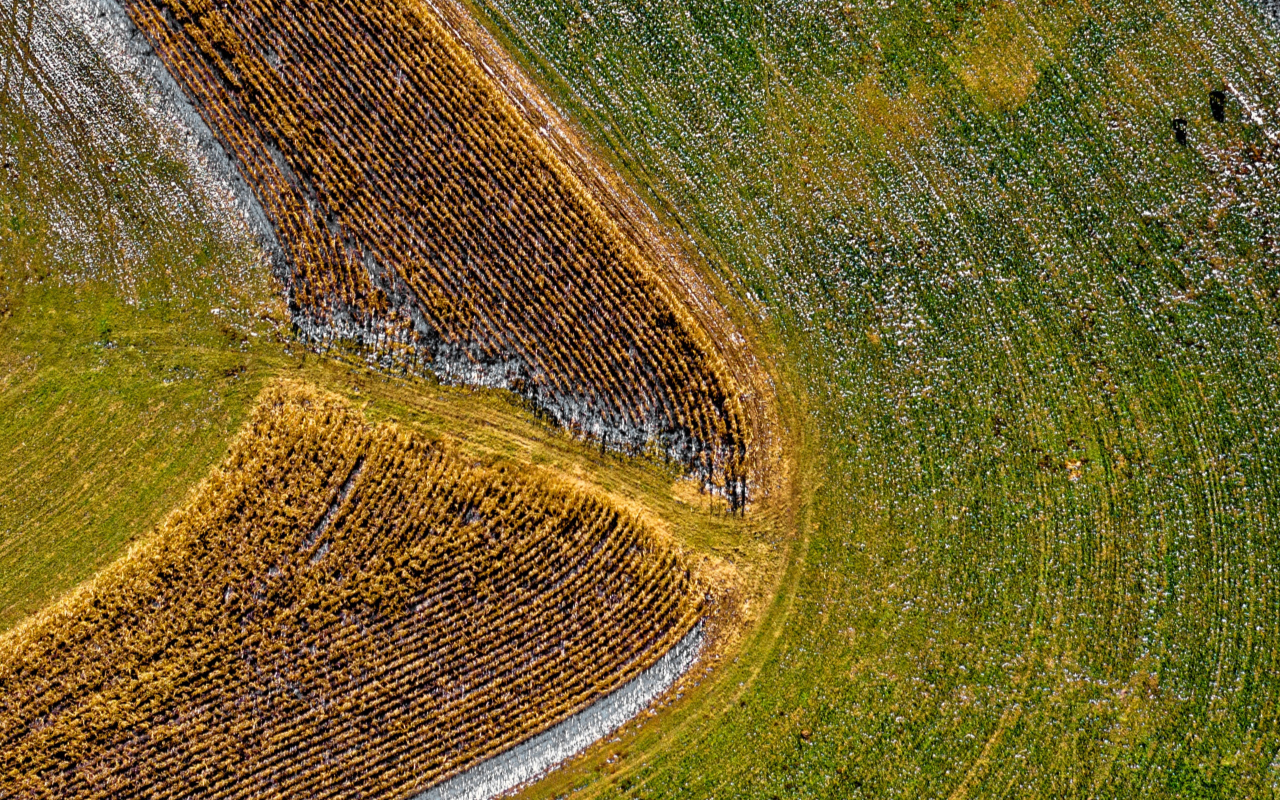Cultivating fertility
A fertile soil is not just a mixture of mineral particles. At the heart of the ability to support plant life and agricultural production is a key ingredient: organic matter. It gives structure, traps and releases mineral nutrients, retains water, supports microbial life and soil biodiversity. While in forest soils and in pastures the content of organic matter can be very high, in cold or very humid climates, in organic soils and peats, in soils cultivated with intensive techniques this ingredient tends to be reduced, to the extent of percentages lower than 1%, due to the removal of plant biomass with the harvest, excessive processing and the use of mineral fertilisers.
Industrial agriculture results in heavy environmental impacts, in particular carbon losses in the form of CO2 and nitrogen such as N2O, contributing to climate-changing emissions. A soil poor in organic matter loses productivity, for this reason it is necessary to increase the administration of chemical fertilisers, which however in the long term make the situation worse.
In conservative agriculture the set of techniques and processes respect the organic substance and the life of the soil. Rotations and green manure are used, cover crops are used to avoid leaving land uncovered in non-productive seasons, as well as organic fertilisers (manure, compost, digestate, etc.), and the elimination of deep tillage (no-till seeding). Restoring adequate levels of organic matter and limiting chemical fertilisation allows to preserve fertility by reducing energy costs of cultivation, and has an important consequence: soils return to accumulating carbon, removing it from the atmosphere and contributing to the fight against climate change.

